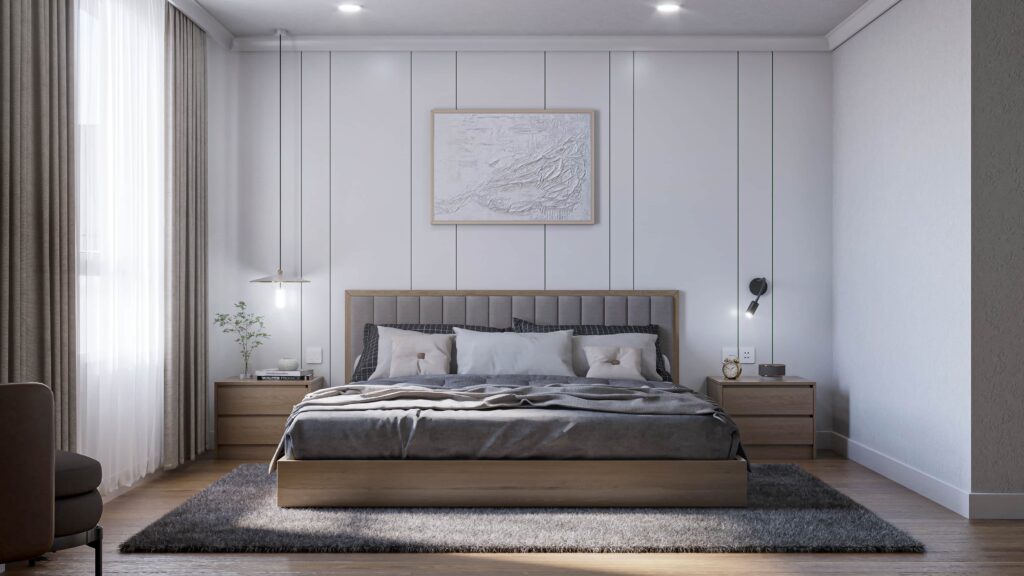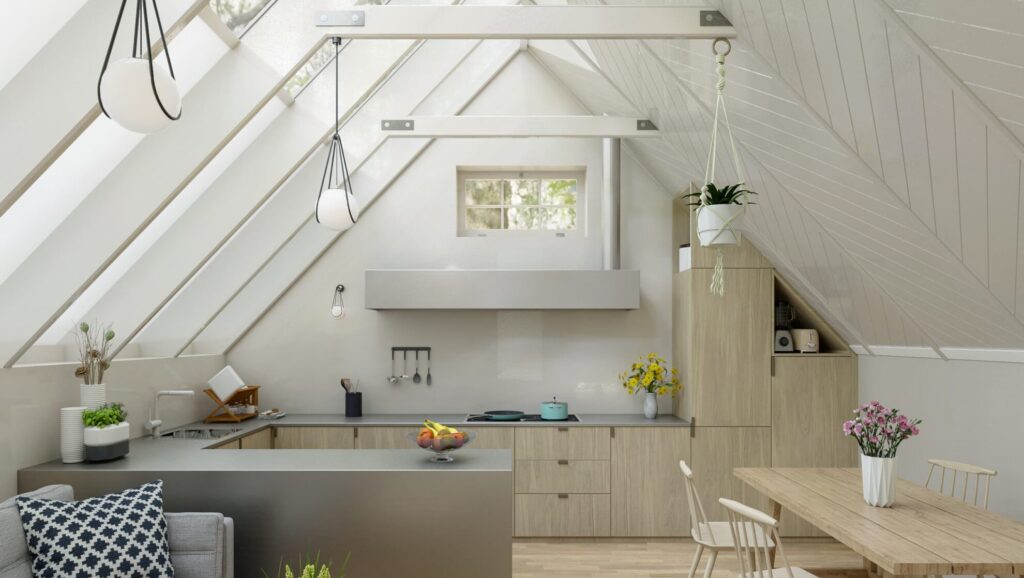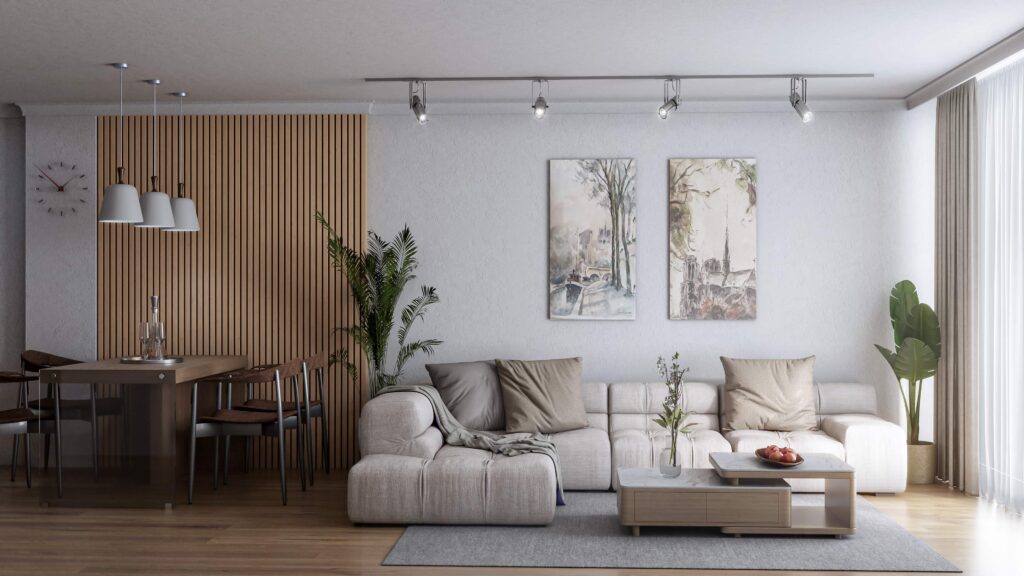If you are looking for quotes for renders of your architectural or real estate project, it is crucial to consider factors such as complexity, number of views, and level of detail. The quality of the render plays a key role in standing out in a competitive market and ensuring long-term results.
Providing detailed information will help you obtain more accurate quotes tailored to your specific needs and expectations.

Índice
ToggleHow much does a render cost?
The price of an architectural render can vary depending on various factors. The complexity of the project is one of them; for example, a render for a house may have a different price than one for a skyscraper. Another aspect to consider is the level of detail required: the more realism and detail, the higher the price will be.
The time needed to complete the render also influences the price. Projects with tight deadlines or urgent deliveries often have higher rates due to possible overtime required to meet the deadlines.
The choice of materials can also affect the price. Materials like glass or metal, which require a higher level of detail, can increase costs. In contrast, simpler materials like wood may result in lower rates.
The size of the project is also a key factor. Large-scale projects, such as residential complexes or shopping centers, tend to have higher prices due to the number of elements and details that need to be represented.
The reputation and experience of the rendering studio are aspects to consider. Well-known studios usually charge higher rates due to the quality and reliability of their work.
Review rounds are essential, generally offering two. However, common situations that may require more include frequent client changes, undefined space instructions, or unclear feedback. Committing from the beginning helps avoid complications and speeds up the process.
The number of renders is a crucial aspect when quoting services. The more renders the client requests, the more competitive the price can be by volume.
Additionally, it’s essential to determine whether exterior and/or interior renders are needed. This specification provides valuable information about the specific areas of the project that need to be represented, allowing an assessment of possible difficulties associated. For example, exterior renders may require more attention to natural lighting and integration with the environment, while interior renders may focus on design details and decorative elements.
By clearly understanding the client’s expectations regarding the quantity and type of renders needed, a more accurate quote can be provided, tailored to the specific needs of their project.

What is the price of our 3D renders?
As you may know, without knowing more about your project, it’s a bit difficult to give a clear cost estimate. We will try to focus on what we need in order to make a cost and time estimate. Please gather as much information as possible for the following questions and don’t hesitate to contact us at any time
How many images are needed?
Indicate the number of renders you require, as requesting more renders would allow us to offer you more favorable prices for that volume of work:
- From 1 to 5
- From 5 to 10
- From 10 to 20
- More than 20
- Including variations of the same image
(Daytime/nighttime lighting setup, material/color variations, type of furniture/layout variations)
What type of render do you need?
Specifying whether it is an exterior, interior, or product render is crucial to focus on the key aspects that interest the client, optimize resources, plan budgets efficiently, and avoid misunderstandings. Each type of render has a different purpose and focus, ensuring an accurate visual representation aligned with the client’s expectations from the start
- Interior visualizations
- Exterior visualizations
- Product visualizations
What resolution?
It is important to note that it is always recommended to work with high-resolution images and then adjust their size as needed to avoid loss of quality. Additionally, the file format is also crucial; for graphics and renders, formats like JPEG or PNG are common, but for high-quality prints, it may be preferable to use lossless formats like TIFF.
- High resolution (from 4000px to 6000px wide) Ideal for large format printing – magazine/brochure.
- Medium resolution (from 2000px to 3500px wide) ideal for websites with large background images, big screens, PowerPoint presentations.
- Low resolution (from 1280px to 1920px wide).
What service do you need?
- Only images in ‘flat’ image file format (JPEG, TIFF)?
- IImages + project files (3D models, light setup, textures, final PSD files with adjustment layers)? (Warning: this makes the cost significantly higher)
- Animation/video
- Special content (stereoscopic images, panoramic/spherical 360° images, virtual reality, augmented reality, PNG with transparent background, others)?
Deadline for the delivery of the renders
In projects with tight deadlines or urgent deliveries, costs tend to be higher, as the need to meet deadlines involves working overtime, which contributes to the increase in fees or rates associated with the service.
- Precise and non-negotiable deadline (e.g., March 15th, 12:00 PM)
- Flexible deadline (e.g., between January 10th and February 10th)
About the 3D model
In most projects, we are required to do the 3D modeling and renders. However, when a client already has an existing 3D model, it’s crucial to assess its quality. If the corrections are extensive, it may be more efficient and cost-effective to create a new one. Transparency in this evaluation is crucial for satisfactory work.
- Will you be sending us a base/approximate 3D model provided by you?
- Do you need us to create a precise and detailed 3D model based on the instructions/drawings (floor plan, elevations, section, details) you provide?
Do you have example/reference images that you expect to see in the final renders?
It is crucial to have reference images similar to what is expected in the final renders. This ensures clear understanding between the client and the studio, provides guidance for specific details, establishes a consistent visual style, and facilitates the review process, optimizing project efficiency.
Will you allow us to share the images and the client’s name in our portfolio and on social media?
- Yes
- Yes, after sharing the project details on my website and social media
- Yes, once the contest/competition is finished
- No, I want the images to be exclusive to my website

About the review rounds
When working with new clients, we are flexible with the review rounds to adapt to their workflows. While we strive to fully satisfy our clients, we typically offer 2 rounds of revisions.
Types of revisions
Important revision:
Allows major changes such as significant adjustments to lighting, drastic camera movements, or modifications to the main structure of the 3D model.
Intermediate revision:
Limits changes to minor adjustments compared to the major revision. Includes modifications to subelements of the 3D model, general styles, and scene colors.
Final revision:
Focuses on fine-tuning details, small changes, and adjustments that do not significantly affect the overall structure.
Types of changes
Major changes:
Extensive modifications to lighting, camera angle, 3D model structure, and overall style.
Minor changes:
Includes adjustments to specific elements, materials, and decoration.
Fine-tuning:
Small modifications in color, saturation, and decorative elements that can be processed quickly.
Prices for Additional Changes:
Calculated based on the scope and complexity of the requested changes. The estimate is based on working hours for minor changes and business days for larger changes.
This structure allows for efficient and transparent collaboration, ensuring that the client’s expectations are met while considering the effort required to implement the requested changes.

Estimation of the price of our 3D rendering services
All prices and offers presented on our website are non-binding; they are simply indicative and subject to changes and modifications. Since each project is unique in terms of complexity, reflected in the necessary working hours, we suggest avoiding misunderstandings by sending us an email with detailed information about your project. Our design team will review the information received and provide you with a customized quote for your project.
As a rough guide, the price of our 3D rendering services starts from the values indicated in the following table:
| 3D Rendering Service | Initial Service Cost | Delivery Time |
|---|---|---|
| 3D Floor Plans | 150€ per render | 2 - 4 days |
| 3D Interiors | 200€ per render | 2 - 4 days |
| 3D Exteriors | 300€ per render | 3 - 4 days |
| 3D Aerial Views | 450€ per render | 5 - 7 days |
| 3D Animations | 60€/sec. | 1 - 2 wk. |
| Virtual Reality Tours | 350€/pts. | 1 - 2 wk. |
Conclusion
In summary, the variability in render prices, whether for products or spaces, is due to multiple factors such as project complexity, time invested, and the pursuit of realism in the images. Each studio or professional uses different 3D software, and experience also impacts the final quality.
While price ranges can be estimated, the best option to obtain an accurate cost is to request a personalized quote, as each project is unique and requires a specific approach.
The investment in hyper-realistic renders aims not only to meet visual expectations but also to facilitate the quick sale of the project, with quality being the priority over offering low prices.
At Vimap Studio, we create architectural images to showcase your projects in the most realistic way possible without compromising the delicate balance between dream and reality.
Feel free to request a no-obligation render quote through our contact page. Also, we invite you to follow us on our social media.
